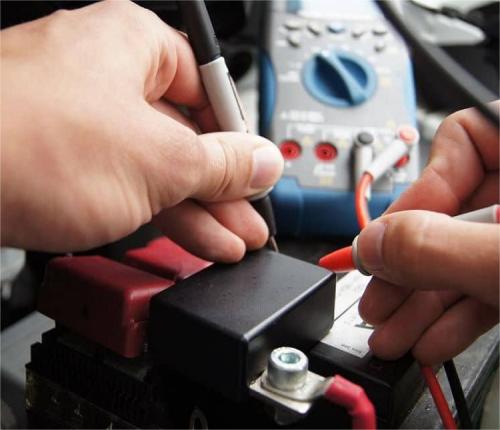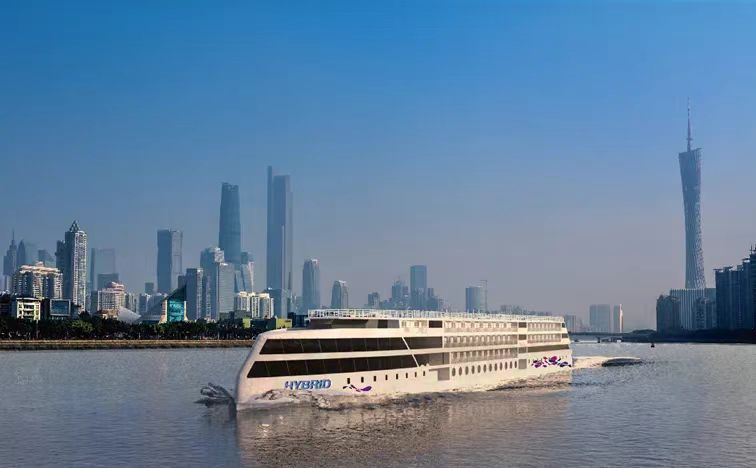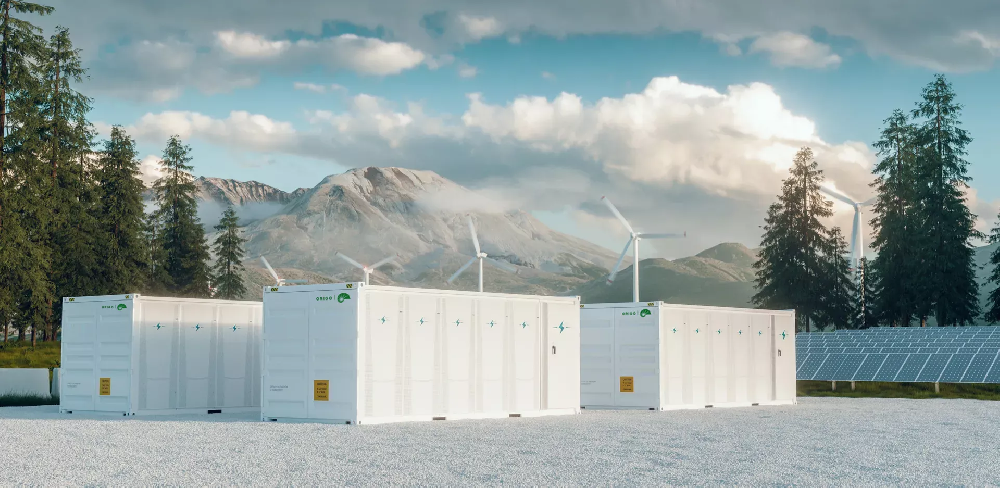Lithium-Ion Battery Care Guide
Current status of ship new energy power system technology
The power system is the core equipment of the ship. The development of my country's ship power system has obvious succession characteristics. At present, the ship power system is gradually transforming towards new energy. The ship new energy power system has the advantages of high environmental value and energy saving, but it is still in the stage of technical exploration and demonstration, and there are technical limitations in application scenarios and application objects (as shown in Table 1):
1. For the inland river field, the ship new energy power technology mainly includes the following four types:
(1) Oil-electric hybrid power: transitional technical means;
(2) Pure battery propulsion power: the cruising range is 100-300 kilometers, suitable for ships on fixed routes;
(3) LNG power: due to the incomplete supporting facilities such as liquefied natural gas (LNG) filling stations, it is only promoted in pilot projects along the Yangtze River and the Pearl River;
(4) Fuel cell power: in the pilot stage, the Three Gorges Navigation Administration is already building a 500-kilowatt fuel cell powered ship.
2. For the ocean-going field, the LNG power and hybrid propulsion power technologies that are currently widely used on actual ships cannot help ships achieve zero pollution goals.
Application scenarios of new energy power system technology for ships
New energy refrigerated trucks have broad application prospects in urban logistics distribution, fresh food distribution, pharmaceutical transportation and other fields. These fields have high requirements for the environmental friendliness, energy efficiency, and high efficiency of transportation vehicles, and new energy refrigerated trucks precisely meet these needs. Meanwhile, as society's attention to environmental protection and sustainable development continues to increase, the market demand for new energy refrigerated vehicles will continue to grow. In contrast, the application of fuel refrigerated trucks in these fields is gradually limited, especially in urban areas with high environmental requirements.
The parallel hybrid system is mainly used in the tugboat field and ocean-going transport ships. The main engine and the shaft belt motor can work in parallel. The main engine and/or the motor are the direct driving force of the propeller, and the energy storage system can supply power to the motor alone, thereby improving the flexibility and reliability of the system. In addition, the auxiliary power station and the shore power system can also provide electricity. The shaft belt motor makes full use of the surplus power of the main engine and has a good energy-saving and emission reduction effect.
For the series hybrid system, the motor is the only direct driving force of the propeller. The engine drives the generator to generate electricity, and the electric energy drives the motor through the converter. The energy storage system can also supply power to the motor alone. In addition, under different working conditions, fuel cells, photovoltaics, wind turbines, shore power systems, etc. can provide electricity for ships. At present, my country's first "intelligent unmanned system research ship" equipped with a large-capacity series hybrid system has been launched, opening the era of intelligence
Pure battery power systems are mainly used in small and medium-sized ships. The battery system is the only energy source for the entire ship, and the motor is the only direct driving force for the propeller. This system is a typical DC microgrid system that can use a variety of energy forms (energy storage system, fuel cell, photovoltaic, wind turbine, etc.)
Challenges and opportunities in the development of new energy power systems for ships
In the future, the research and development of efficient, silent, intelligent, safe and low-carbon ship power systems will be the main development direction:
1. Efficiency: Promote the continuous updating of power electronics technology, control systems and propulsion systems, and the propulsion efficiency will be improved accordingly, so that more efficient new energy power systems for ships can be realized.
2. Intelligence: Develop and improve the automation and intelligence of new energy power systems, and lay the foundation for the next step of active operation and maintenance, remote control, assisted driving and autonomous navigation.
3. Quiet: Greatly reduce the ship noise caused by future ship power systems, which is conducive to improving passenger comfort and crew happiness, attracting young people to join the shipping industry, and promoting the healthy development of the industry.
4. Safety: Accelerate the breakthrough of key technologies in lithium-ion battery energy storage systems, ship power system technology, electric propulsion technology, high-power power electronics technology, etc. in my country, and be at the forefront of the world, and have the technical conditions for actual ship promotion and application.
5. Low carbon: Promote the low-carbon and zero-carbonization of ship power technology in different scenarios. The pure electric mode technology for short-distance (<100-300 kilometers) fixed routes is more mature, but is limited by the cruising range; the inland waterway transportation industry is actively exploring the battery replacement mode. Due to the large energy storage capacity, there are still many technical problems to be overcome in its development; for ocean-going ships, the use of clean alternative fuels is the future trend.
Ship new energy power technology is an important means to achieve the "dual carbon" goal and promote the sustainable development of the shipbuilding industry. At present, a variety of technical paths have been widely studied, such as oil-electric hybrid power, pure battery propulsion power and fuel cell power. However, the new energy power system is still in the technical demonstration stage, and its development is still limited by application scenarios and application objects. In the future, various research institutes and manufacturing companies should cooperate to share data resources, learn from advanced experience, and jointly commit to the green transformation of the shipbuilding industry.







